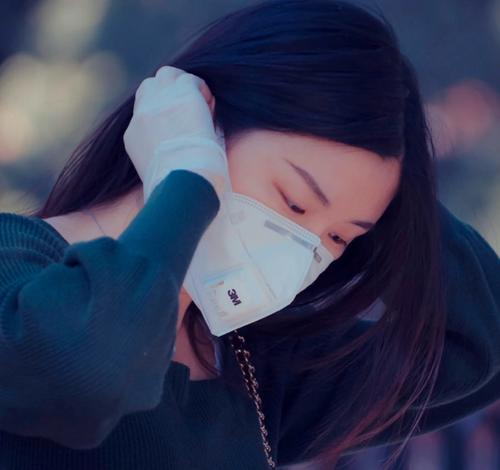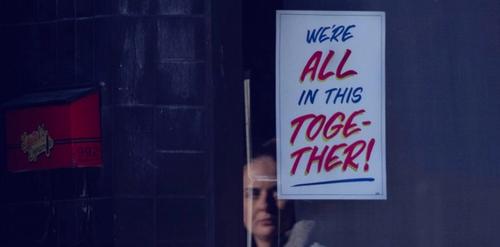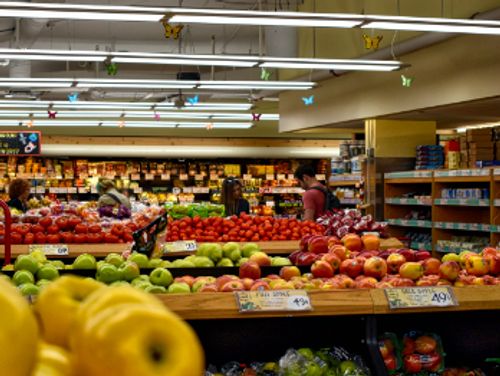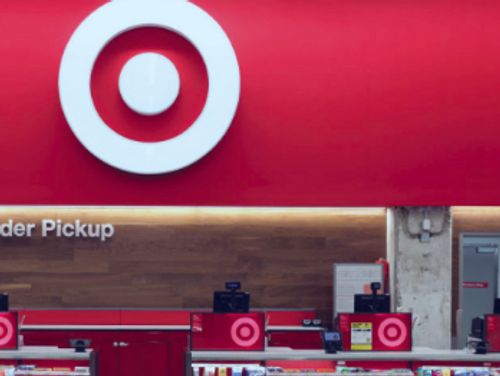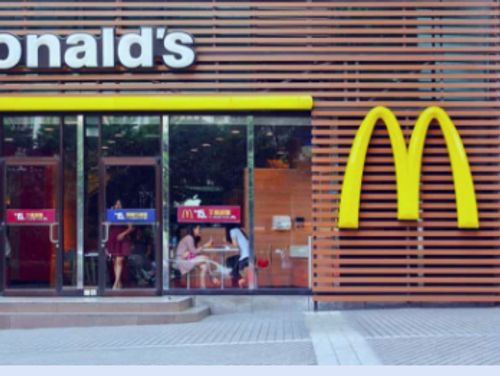People are now torn on another front. Looking out for number one versus supporting the greater good or Me Versus We. As both the pandemic and pandemic fatigue set in, how can marketers and brands stay connected with consumers as they gyrate – sometimes wildly – between following societal guidance versus exercising freewill?
To explore and apply further insights about post-Pandemic consumers for your sector, business, or brand, please contact:
Suresh Raj
hello@v7international.com
